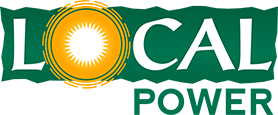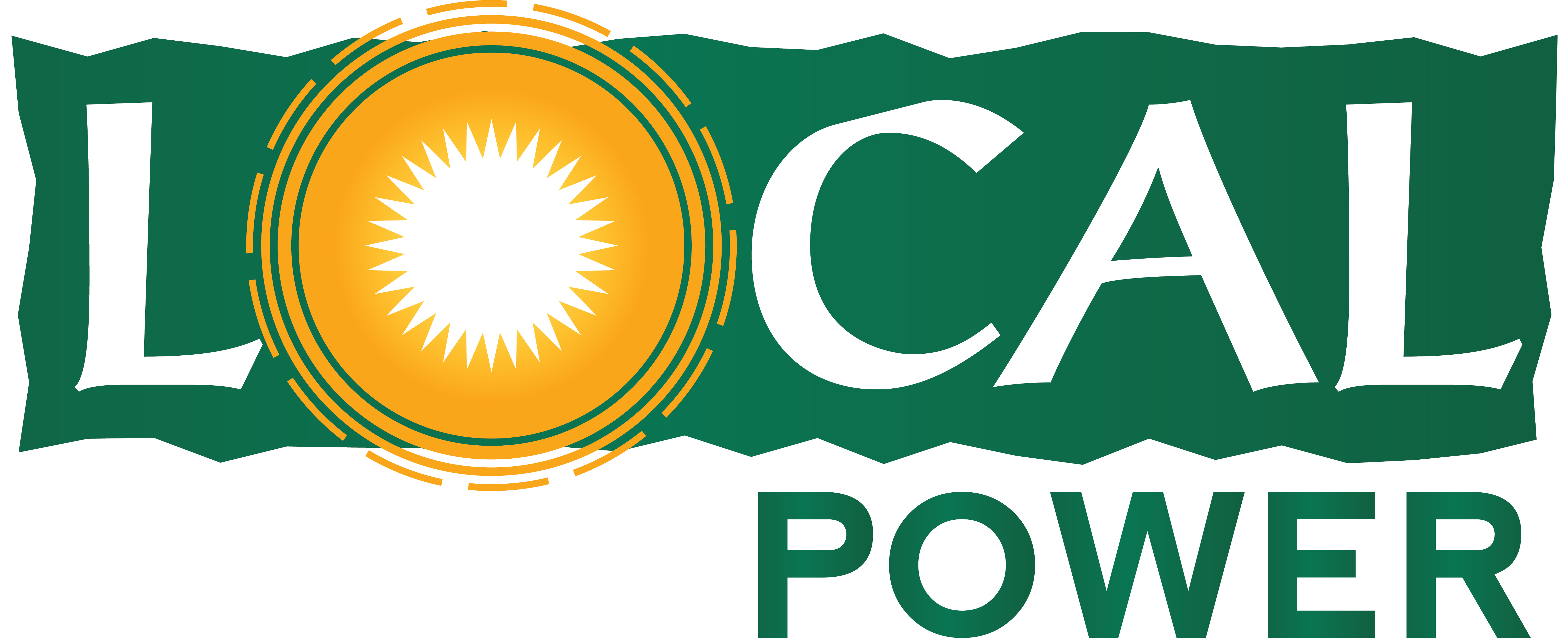How much are solar panels?
We are currently experiencing a significant transformation in the energy sector, with a notable move towards renewable energy sources. This transition is increasingly no longer looked upon as an option, but as a necessity. At the heart of this change is solar energy. The surge in interest in solar energy is fueled by the escalating need for environmentally friendly energy, the swift advancements in solar technology, and volatile energy markets. These factors are influencing the cost trends of solar panels. A prevalent question among homeowners, businesses, and those mindful of the environment remains: how much do solar panels actually cost?
Current market prices of solar panels
To comprehensively understand solar panel costs, it’s essential to examine several key factors that contribute to price variability:
System size and energy production capacity: To produce more energy you need a larger system. Naturally, this results in higher expenditure. However, there is an economy of scale with solar PV and the cost per kWp for a 1mW system will be significantly lower than that for an 8kWp system for example.
Varieties of solar panels: The market offers different types of solar panels, i.e. monocrystalline vs polycrystalline and glass-foil vs glass-glass. Each type has its own pricing, efficiency, and suitability for various applications. In addition, each type, while similar on the surface, can come with significantly different warranties. The diversity of options allows consumers to choose panels based on their budget and energy needs. However, it can also mean it’s difficult to discern what the best technology option is. It’s essential to read the fine print, bearing in mind that low cost does not always equate to good value.
Installation overheads: The cost of installing solar panels is not uniform. Factors that affect installation cost can include the type of roof, the roof height and accessibility, opting for a ground-mounted system and length of cable run back to the main fuse board. A good installer will advise you on the most economical way of completing your installation.
Additional system components: A solar power setup is not just about the panels. It also involves inverters, mounting systems, and monitoring systems, all of which add to the overall cost. These components are essential for the efficient operation and maintenance of the solar energy system. The addition of smart technology and battery systems geared towards maximizing self-consumption should also be considered. They will add to the initial outlay but could enhance overall cost-savings over a longer period (particularly if using the battery to benefit from lower night tariffs etc.)
Examining solar panel costs in Ireland
In the context of Ireland, the average cost of solar panels, as of 2023, stands at approximately €1.40 per watt, before accounting for any financial incentives or credits. Averages can be misleading. Bearing in mind the economies of scale referenced above, using the price per watt average will underestimate the price of smaller systems and overestimate the price of larger ones.
Get a solar PV quote for your business
Financial incentives and VAT exemption
In Ireland, there are a number of grants available for the installation of solar panels. The Solar Electricity PV Grant in Ireland offers financial support for installing solar photovoltaic (PV) panels in homes. The grant values are determined on a pro-rata basis, with the following structure:
- €900 per kWp for the first 2kWp of solar panels, totaling €1800.
- For every additional kWp up to 4kWp, an extra €300 is provided.
- The total Solar PV grant is capped at €2400, with a 3kWp system eligible for €2100 and a 4kWp system for €2400.
In the agricultural sector, farmers looking to make the switch to solar can benefit from the TAMS grant, covering 60% of their solar PV installation expenses.
Additionally, for businesses- or farmers who don’t want to go the TAMS route- there is also the option of the business grant (Non-Domestic Microgen Scheme) which offers a similar pro-rata incentive per kWp which typically covers around 20%-25% of costs.
Even if not VAT registered, farmers can reclaim the VAT on their solar PV installation and claim 100% Accelerated Capital Allowances in the first year. This can account for 12.5% of the total system cost for businesses or as much as 50% for sole traders or partnerships.
Evaluating long-term financial returns
When considering the adoption of solar panels, it’s imperative to look beyond the upfront cost. The long-term financial benefits, often termed the return on investment (ROI), include:
- Reduction in monthly energy expenditure: The potential savings on energy bills can be substantial, depending on the system’s size and the premises’ energy consumption patterns.
- Enhancement of property value: Homes and businesses fitted with solar panel systems are often perceived as more valuable in the real estate market. Such properties not only command higher prices but also tend to sell faster.
- Energy independence: Solar panels reduce reliance on the traditional power grid, offering protection against the volatility of energy prices.
Solar panel investment
There are a variety of factors, including the available incentives and the long-term financial and environmental benefits that influence the overall cost of a solar PV investment. For businesses and farm companies, paybacks could be anywhere from 3-6 years.
Despite the initial cost, the decreasing prices of solar panels, coupled with their environmental advantages and the prospect of long-term savings, solidify their position as a worthwhile investment for a growing number of people.
If you’re interested in finding out the cost of a solar PV installation for your home, farm or business contact us today.


